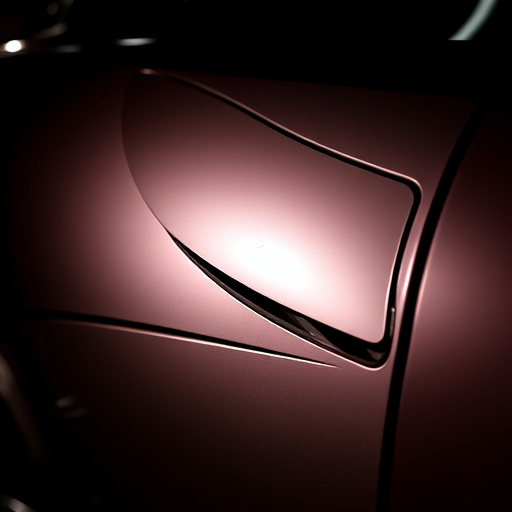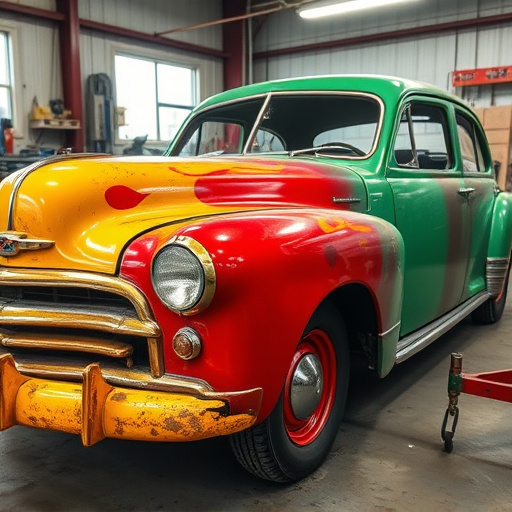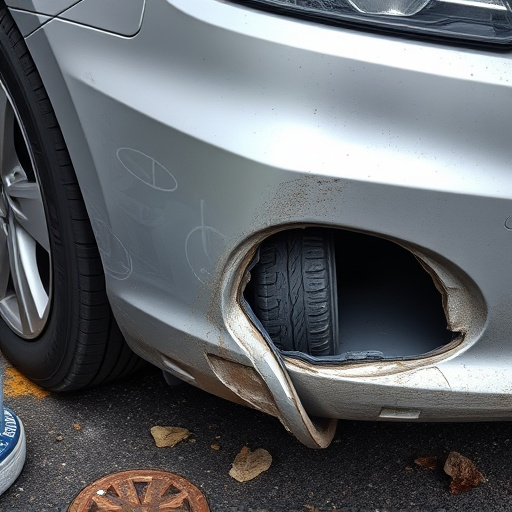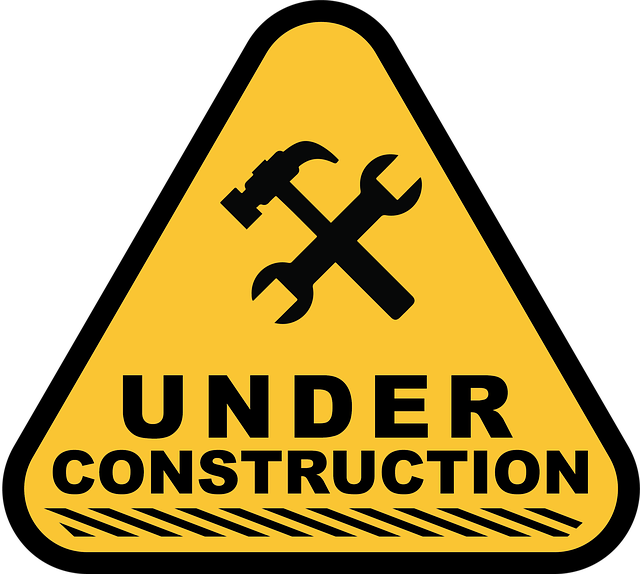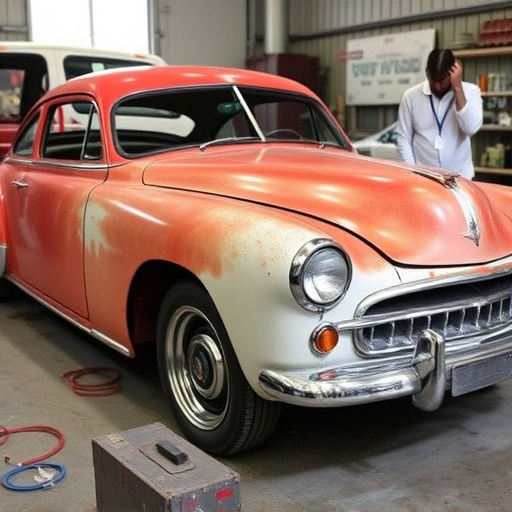Color sanding and buffing are essential techniques for repairing surfaces, from minor dents to extensive vehicle restoration. Using specialized tools, technicians carefully remove imperfections, match colors precisely, and achieve a seamless, glossy finish, enhancing both aesthetics and value, particularly in high-end models like Mercedes Benz. These delicate processes are crucial for collision damage repair, ensuring subtle yet significant improvements to damaged surfaces.
“Uncover the art of color sanding and buffing—a game-changer in furniture restoration. This technique, a delicate balance between precision and skill, offers both minor touch-ups and major transformations. In this guide, we explore the intricacies of color sanding for subtle enhancements and its powerful role in comprehensive repairs. From understanding the process to mastering techniques, learn when and how to buffer, ensuring your restored pieces are not just repaired but enhanced, with every stroke a step towards perfection.”
- Understanding Color Sanding: Techniques and Tools
- Major Repairs: When and How to Buffer
- Minor Touches: Sanding for Subtle Improvements
Understanding Color Sanding: Techniques and Tools
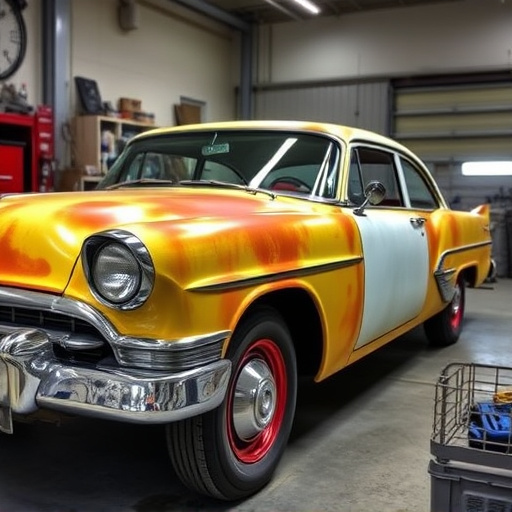
Color sanding and buffing are essential techniques in both minor and major repairs, offering a precise way to restore surfaces to their original state. This process involves using specialized tools and sandpaper to gently remove imperfections, ensuring an even and seamless finish.
In automotive repair services, for instance, color sanding is crucial for repairing hail damage repair or mitigating scuffs and scratches in automotive collision repair. By carefully matching the existing color, this method fills in damaged areas, creating a flawless appearance. Tools range from hand-held sanders to power buffers, each offering varying levels of control and speed, catering to different repair scenarios.
Major Repairs: When and How to Buffer
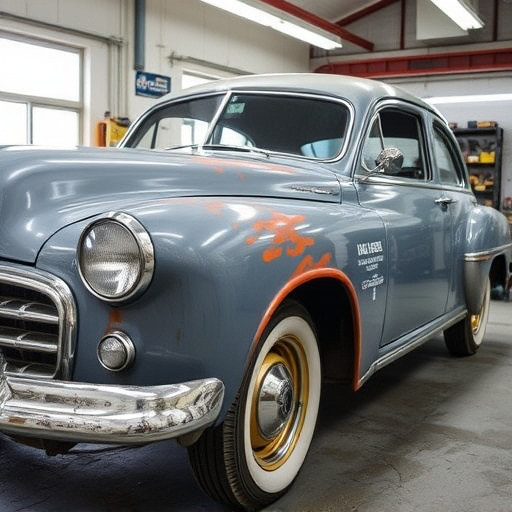
In the realm of vehicle restoration, major repairs often necessitate a more intensive approach to color sanding and buffing. When a Mercedes Benz or any other vehicle suffers significant damage, such as extensive collision damage repair, the paintwork usually requires substantial attention. This process involves several steps, starting with meticulous color sanding to even out the surface and remove any imperfections caused by the impact. The art of buffing then comes into play, where specialized tools and compounds are used to restore the glossy finish and seamlessly blend the repaired area with the original paint job.
Buffing in major repairs is a delicate process that requires skilled technicians. It involves using rotary buffers equipped with different pad types and compounds tailored for specific paint issues. By applying heat and pressure while buffing, professionals can help fill minor gaps left by color sanding and create a smooth base for final detailing. This meticulous technique ensures that the repaired area not only matches the vehicle’s original finish but also enhances its overall aesthetic appeal, demonstrating the importance of color sanding and buffing in collision damage repair and vehicle restoration.
Minor Touches: Sanding for Subtle Improvements
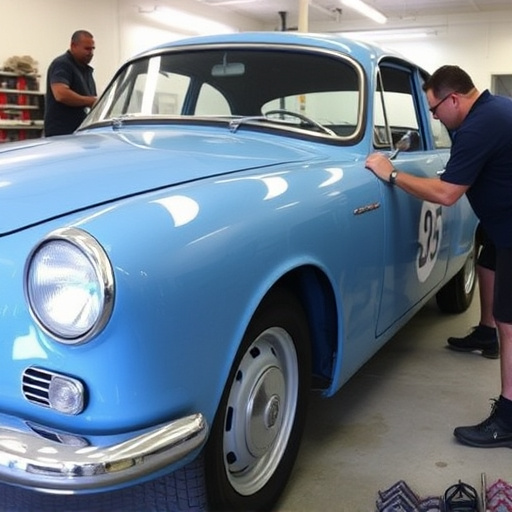
In the realm of restoration, minor repairs often call for delicate techniques like color sanding and buffing. These processes are designed to make subtle yet significant improvements to a surface, perfecting its appearance without drastic changes. When it comes to enhancing the aesthetics of an item, whether it’s a vintage furniture piece or a car undergoing collision repair services, color sanding plays a pivotal role. It involves carefully removing a thin layer of material to achieve a smooth transition between colors, ensuring no visible signs of damage remain.
This meticulous approach is particularly useful in collision damage repair, where dent removal techniques are followed by precise color sanding and buffing to match the original finish perfectly. By focusing on these minor touches, professionals can restore items to their former glory, making them look as good as new without compromising the overall integrity of the material. The result is a seamless blend that is almost indistinguishable from the original, enhancing the beauty and value of the restored piece.
Color sanding and buffing are powerful techniques that can transform both major and minor repairs. By understanding the nuances of these processes, from specialized tools to different repair scopes, you gain a valuable skill set for furniture restoration. Whether enhancing subtle details or tackling more extensive damage, color sanding and buffing offer precise, effective solutions. Incorporating these methods into your toolkit enables you to achieve professional-grade results, breathing new life into cherished pieces while preserving their unique character.

